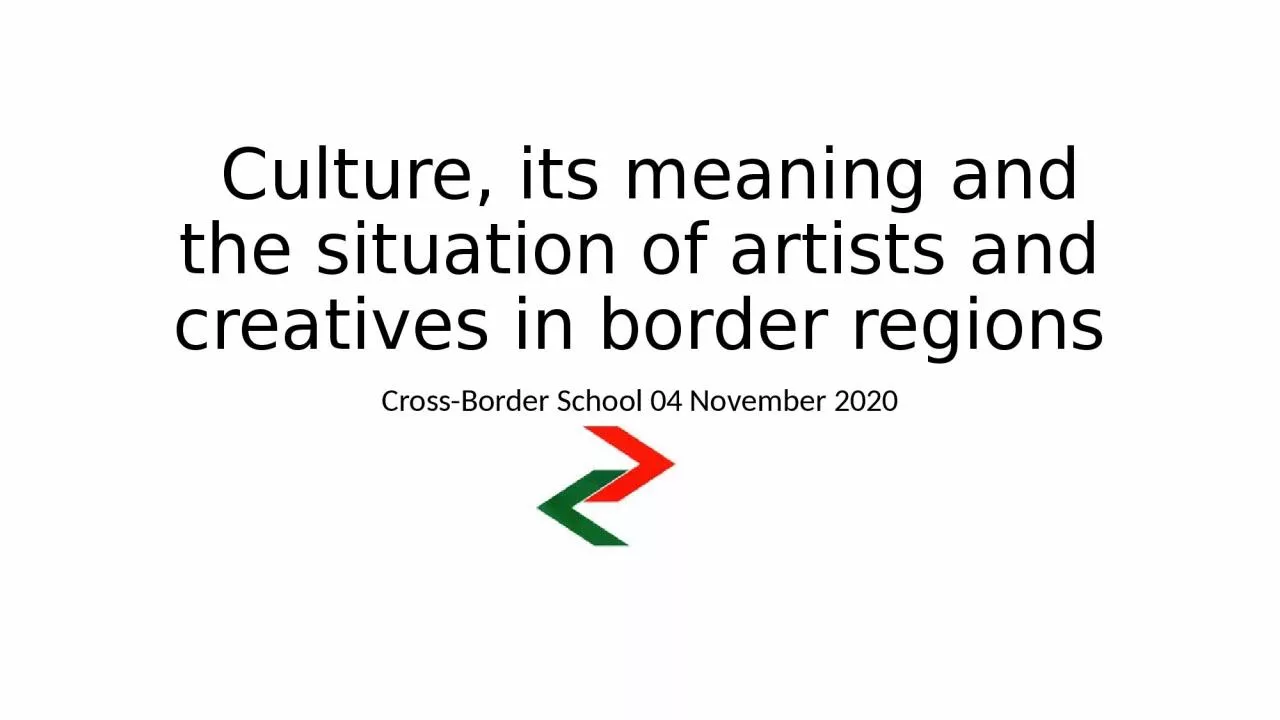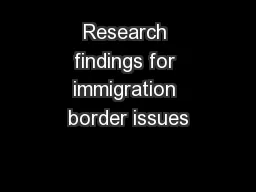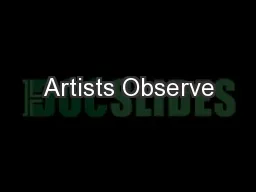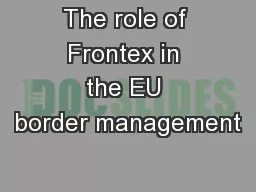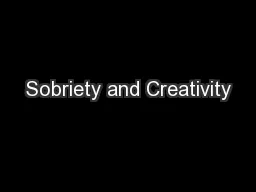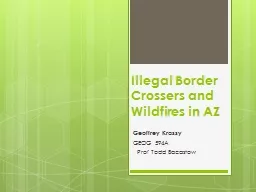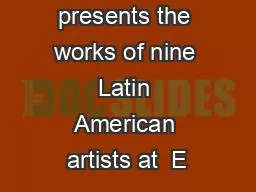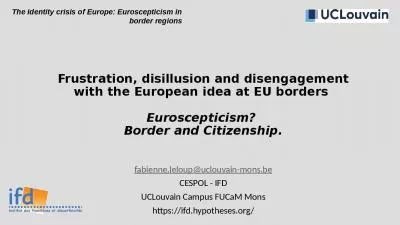PPT-Culture, its meaning and the situation of artists and creatives in border regions
Author : vivian | Published Date : 2023-09-18
CrossBorder School 04 November 2020 In my presentation I would like to briefly highlight the following the contribution of artists and creative people to the
Presentation Embed Code
Download Presentation
Download Presentation The PPT/PDF document "Culture, its meaning and the situation ..." is the property of its rightful owner. Permission is granted to download and print the materials on this website for personal, non-commercial use only, and to display it on your personal computer provided you do not modify the materials and that you retain all copyright notices contained in the materials. By downloading content from our website, you accept the terms of this agreement.
Culture, its meaning and the situation of artists and creatives in border regions: Transcript
Download Rules Of Document
"Culture, its meaning and the situation of artists and creatives in border regions"The content belongs to its owner. You may download and print it for personal use, without modification, and keep all copyright notices. By downloading, you agree to these terms.
Related Documents

